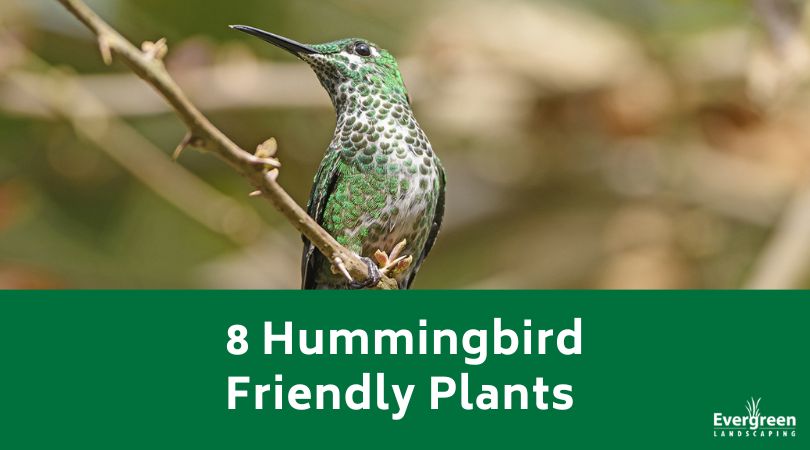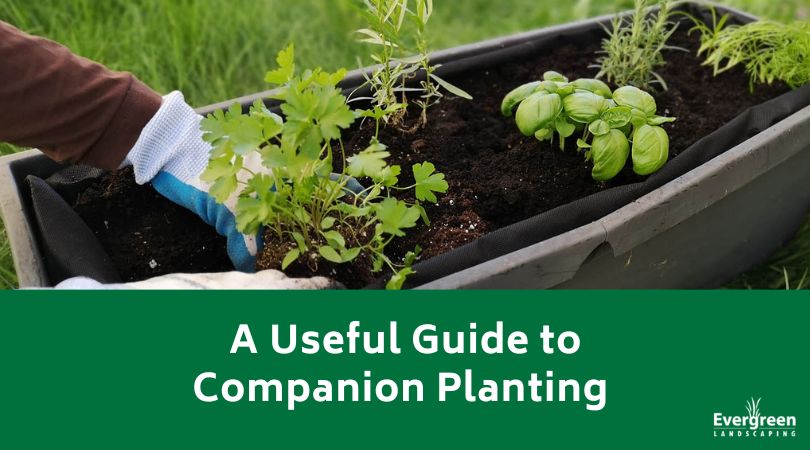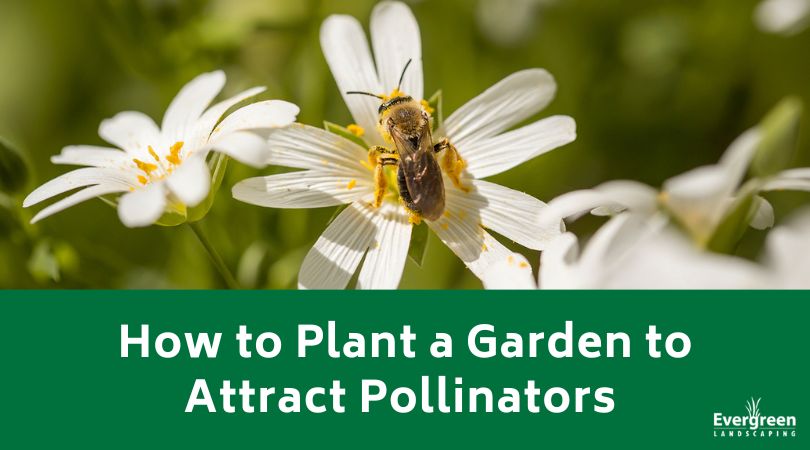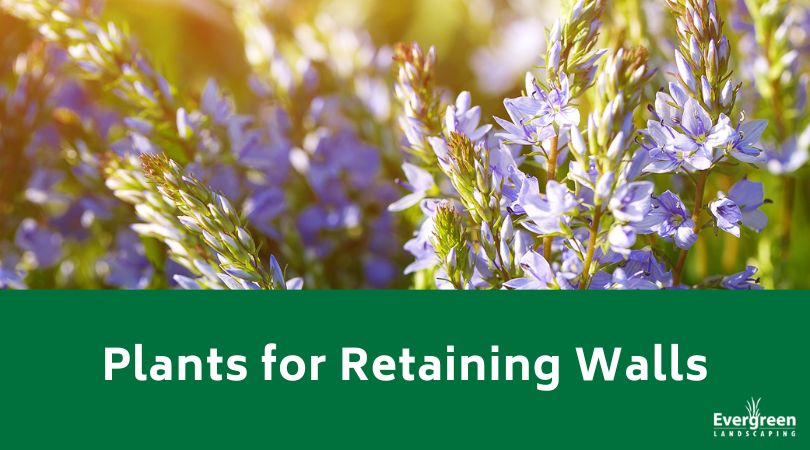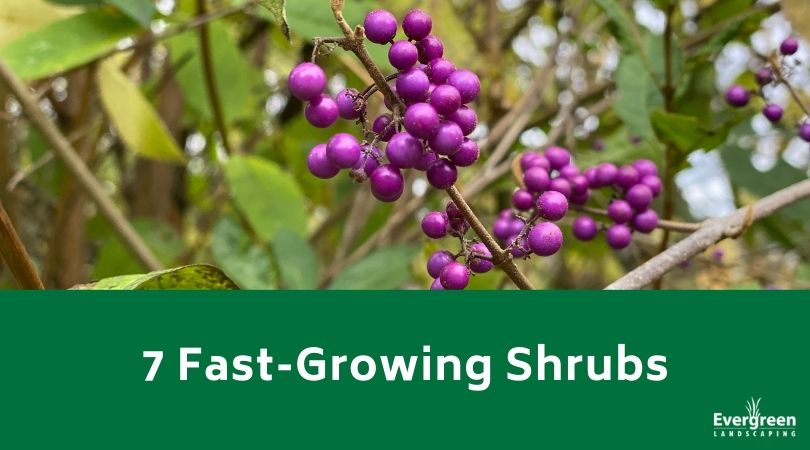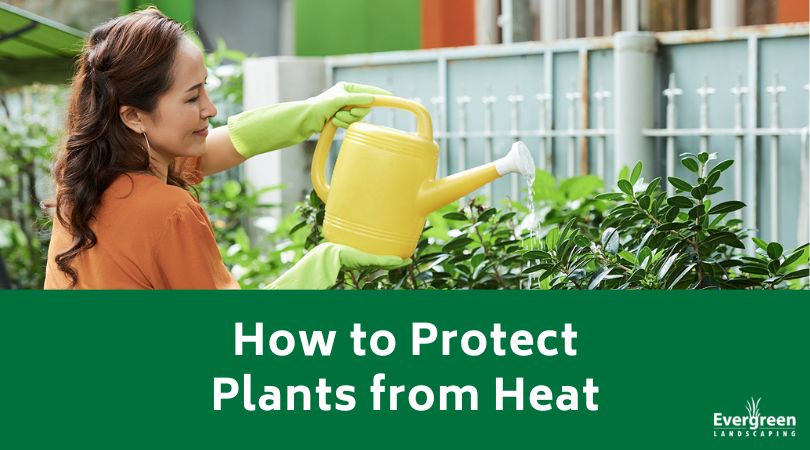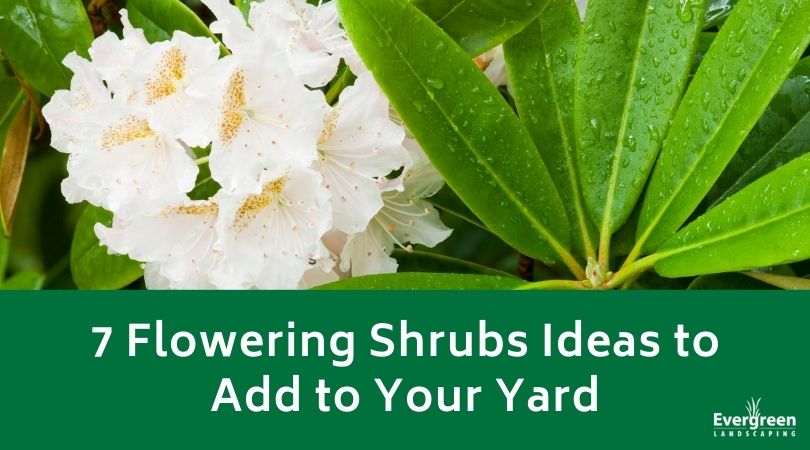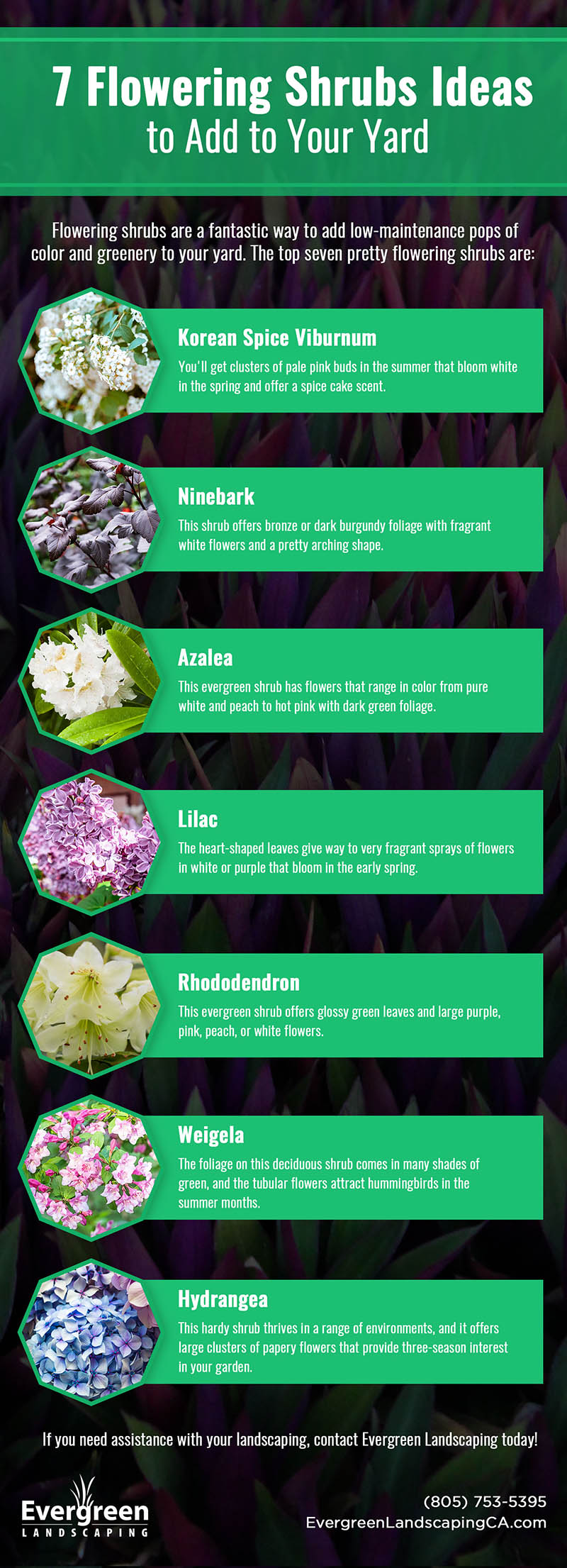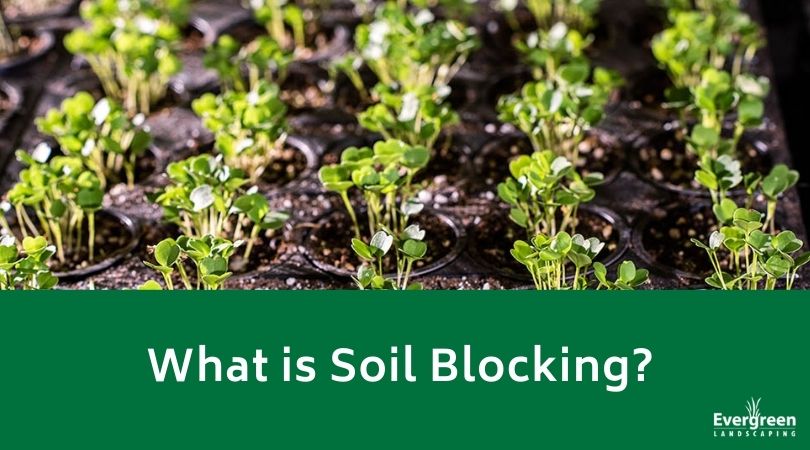The Best Way to Lay Mulch

While mulching your landscape can seem simple at first glance, there is more to consider if you want your labor and time to turn into a pretty landscape with healthy plants. Our quick step-by-step guide will tell you how to lay mulch and give you plenty of tips to use along the way.
Step One – Figure Out How Much Mulch You Need
The first thing you should do is figure out how much mulch you need. To do this, you must figure out your flower beds’ square footage. You’ll do this by multiplying the width and length of each one. The average step you take is 2.5 feet long, so walk along the edge of the beds and count the steps you take along the length and the width.
- Total Length – 2.5 x the number of steps
- Total Width – 2.5 x the number of steps
Once you get the total square footage, you’ll need to figure out how many bags of mulch you’ll need.
- Two Cubic Foot Bags – Square footage divided by 12 to get the number of bags needed to put down a two-inch layer of mulch.
- Three Cubic Foot Bags – Square footage divided by 18 to get the number of bags needed to put down a two-inch layer of mulch.
- Bulk – Square footage divided by 128 to get the amount of bags needed to put down a two-inch layer of mulch.
Step Two – Gather Your Tools
Once you know how much mulch you’ll need for your garden beds and you buy it, you’ll have to get your tools. You’ll want to get a pitchfork, shovel, wheelbarrow, rake, and gloves. Having everything on hand will help the project go smoothly from start to finish.
Step Three – Clean the Beds Out
Remove any debris, dried-up leaves, old mulch, and sticks from the beds. Take time to clean up the bed edging along the beds, and use a spade to cut a defined, clean line between the lawn and bed.
Step Four – Water the Beds
If you haven’t had any rain in the area and the beds are dry, water them. The mulch will help to retain moisture. Before you water the beds, you may want to apply a pre-emergent herbicide to prevent weeds from poking through.
Step Five – Remove any Weeds
Clean out any weeds you spot in your garden beds. Remember, the main benefit of mulching is that it suppresses weed growth, so you shouldn’t have to weed the beds nearly as much.
Step Six – Spread the Mulch
Shake the mulch from the bag or shovel it from your wheelbarrow into small piles. Put on gloves and use your hands to spread the mulch, especially as you get close to your plants. The mulch should be two to four inches thick because weeds will push through if it’s too thin. On the other hand, if the mulch is too thick, water won’t reach the soil. Once you finish, you can water the mulch to help it settle into place.
Contact Evergreen Landscaping
Not sure how much mulch you need? Maybe you don’t have time to lay mulch yourself. Whatever the reason, our professional staff is here to help. Reach out and contact us to set up an appointment.

